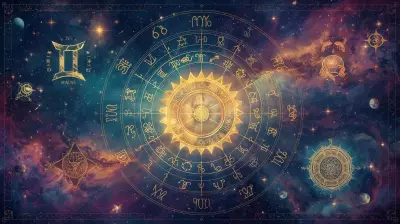
Have you ever wondered why history seems to remember only male geniuses while equally talented women fade into obscurity? Helen Lewis's groundbreaking book, 'The Genius Myth', tackles this very question with razor-sharp insight and compelling evidence.
The Unseen Barriers Facing Creative Women
Lewis presents a disturbing pattern that has persisted for centuries: when women create something extraordinary, society finds countless ways to dismiss, appropriate, or erase their contributions. The book meticulously documents how female innovators across various fields—from literature to science to art—face systematic obstacles that their male counterparts simply don't encounter.
Four Ways Society Erases Women's Genius
- The Appropriation Trap: Male colleagues or partners often take credit for women's breakthroughs
- The Domesticity Barrier: Family responsibilities disproportionately hinder women's creative pursuits
- The Credibility Gap: Women's ideas face greater skepticism and require more proof
- The Historical Erasure: Subsequent generations conveniently forget female contributors
Beyond Individual Stories - A Systemic Problem
What makes 'The Genius Myth' particularly powerful is its demonstration that this isn't about isolated incidents. Lewis shows how these patterns form a coherent system designed to maintain male dominance in the creative and intellectual spheres. The book argues that we've been sold a dangerous myth—that genius is an individual, almost magical quality that naturally favors men.
The Reality Behind Creative Recognition
Lewis compellingly argues that what we call 'genius' is actually the product of support systems, opportunities, and recognition—all resources that have historically been denied to women. The book challenges readers to reconsider how we attribute brilliance and why we're so willing to believe in solitary male geniuses while ignoring the collaborative networks that often enable breakthroughs.
Why This Conversation Matters Today
While documenting historical injustices, 'The Genius Myth' remains fiercely relevant to contemporary discussions about gender equality. The patterns Lewis identifies continue to play out in modern workplaces, academic institutions, and creative industries. Understanding these mechanisms is the first step toward creating a more equitable system that truly recognizes talent regardless of gender.
The book serves as both a sobering historical account and an urgent call to action. It asks us to look critically at who we celebrate as 'geniuses' and who we overlook—and to actively work toward a future where creative women receive the recognition they deserve during their lifetimes, not centuries later.





